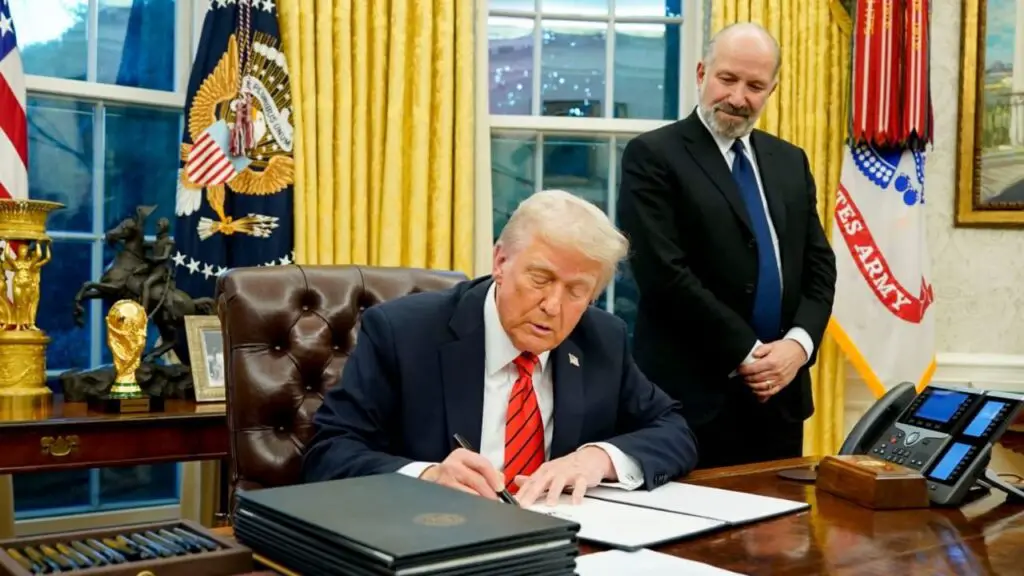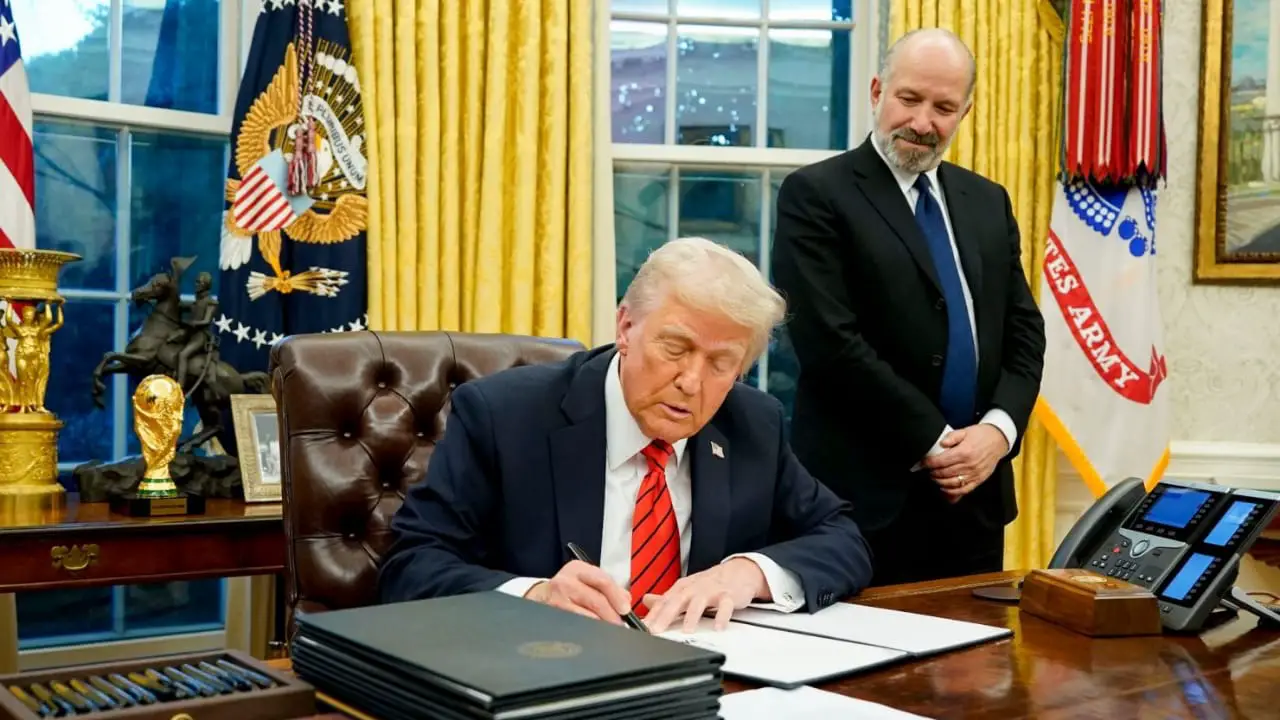Donald Trump’s Steel and Aluminum Tariffs: The Shocking Economic Gamble That Still Haunts America


Discover how Trump’s 2018 steel and aluminum tariffs sparked a global trade war, reshaped industries, and left lasting scars on the U.S. economy. Is your wallet still paying the price?
Introduction: The Day America’s Trade Policy Exploded
On March 1, 2018, former President Donald Trump dropped a bombshell: a 25% tariff on imported steel and 10% on aluminum. Framed as a “national security” measure to revive U.S. manufacturing, the policy ignited immediate chaos. Prices surged, allies retaliated, and industries scrambled to survive. Five years later, the ripple effects of this gamble still linger. Was it a heroic rescue of American jobs—or a self-inflicted wound that cost taxpayers billions? Let’s unravel the shocking truth.
What Were Trump’s Steel and Aluminum Tariffs?
Trump invoked Section 232 of the Trade Expansion Act of 1962, a Cold War-era law allowing tariffs for national security reasons. The logic? Cheap imports from China and other nations had decimated U.S. steel and aluminum production, threatening defense infrastructure.
- Targets: Initially applied to all countries, including allies like Canada, the EU, and Mexico.
- Exemptions: Temporary waivers granted to some nations after backlash.
- Scope: Covered $48 billion in annual imports.
Critics called it a blunt weapon that ignored the globalized nature of modern supply chains. Supporters hailed it as a long-overdue defense of blue-collar workers.
The Rationale: “America First” or Economic Self-Sabotage?
Trump’s team argued the tariffs would:
- Revive dying steel towns and create jobs.
- Reduce reliance on China, which flooded markets with subsidized metals.
- Strengthen national security by ensuring domestic production.
But economists warned of unintended consequences. A Peterson Institute for International Economics (PIIE) study predicted tariffs would save 26,000 metal jobs at a staggering cost of $900,000 per job—paid by consumers and downstream industries.
The Immediate Fallout: Trade Wars, Price Hikes, and Panic
1. Retaliatory Tariffs: Allies Strike Back
The EU, Canada, Mexico, and China slapped tariffs on $21 billion worth of U.S. goods, targeting politically sensitive products:
- EU: Harley-Davidson motorcycles, Kentucky bourbon, Levi’s jeans.
- China: Soybeans, pork, and automobiles.
Farmers bore the brunt. Soybean prices plummeted, prompting a $28 billion federal bailout for agriculture. Harley-Davidson shifted production overseas to avoid EU tariffs, costing U.S. jobs.
2. Metal Prices Skyrocket
U.S. steel prices surged 40% within months, hitting auto manufacturers, construction firms, and breweries. Companies like Ford and GM warned of layoffs, while craft brewers faced a 300% spike in aluminum can costs.
3. Stock Market Jitters
The S&P 500 fell 6% in March 2018 amid fears of a global trade war. Companies reliant on metals saw shares nosedive.
Long-Term Impact: Did the Tariffs Deliver?
The Good (According to Supporters):
- U.S. steel production rose 10% by 2021, per the American Iron and Steel Institute.
- Some mills reopened, including U.S. Steel’s Granite City plant, adding 800 jobs.
The Ugly Reality:
- Job Gains vs. Losses: While 8,700 metal jobs were added by 2019, downstream industries (auto, machinery) lost 75,000+ jobs due to higher costs, per the Tax Foundation.
- Consumer Costs: Tariffs added $68 billion annually to consumer expenses, including $650 per new car.
- China Unscathed: Chinese steel found loopholes via Vietnam and South Korea, keeping global overcapacity intact.
Global Relations: Burning Bridges with Allies
Trump’s tariffs stunned longtime partners. Canada’s Prime Minister Justin Trudeau called the national security claim “ludicrous,” while the EU threatened a “tit-for-tat” escalation. The U.S.-led global trade order cracked, pushing allies toward China.
The Biden Era: Tariffs Stay, Strategy Shifts
President Biden kept most tariffs but reworked exemptions for the EU and Japan. His focus shifted to subsidizing domestic production (e.g., CHIPS Act) rather than punitive measures. Yet, steel prices remain 50% higher than pre-tariff levels, per S&P Global.
5 Shocking Lessons from Trump’s Tariff Experiment
- Tariffs Are Taxes on Americans: Consumers and businesses foot the bill.
- Global Supply Chains Are Resilient: Companies adapted by relocating or absorbing costs.
- Retaliation Hurts More: Farmers and manufacturers suffered collateral damage.
- National Security Claims Are Murky: Less than 3% of U.S. steel goes to defense.
- Unilateralism Fails: Multilateral pressure (like Biden’s EU deal) works better.
Conclusion: A Gamble That Left Scars—And a Warning for the Future
Trump’s tariffs were a high-stakes bet that delivered mixed results. While symbolic for “America First” politics, the economic costs were steep, and the global fallout enduring. As geopolitical tensions rise, future leaders must ask: Are tariffs a tool—or a trap?
For now, every American paying extra for a car, a beer, or a home renovation knows the answer.
Sources:
- U.S. International Trade Commission (USITC)
- Peterson Institute for International Economics (PIIE)
- Tax Foundation
- American Iron and Steel Institute
- S&P Global Market Intelligence







